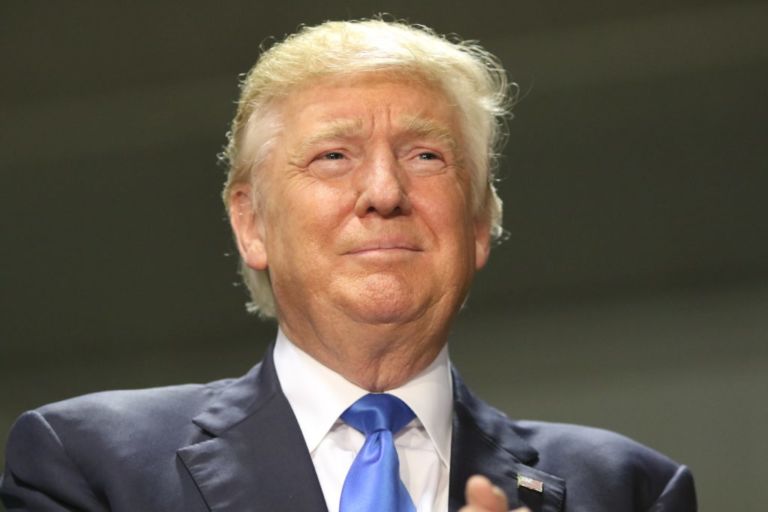Ramesh Ponnuru of National Review Online critiques a recent assessment of media interest in President Biden’s shortcomings.
Molly Jong-Fast writes in Vanity Fair:
“Google searching ‘Is Biden too old?’ bears countless results. Meanwhile, search ‘Trump is too old,’ and you’ll get stories about Biden’s age. Which raises the question: How much does writing about something make it real in the eyes of the electorate? If Hillary lost the 2016 election to ‘but her emails,’ could Biden lose 2024 to ‘but his age’?”
I don’t think it works that way. There are issues where media coverage could have a large effect on people’s views, and the Clinton server story may have been one of them. Whether Biden is too old, on the other hand, is something people can see and judge for themselves.
She then goes poll-truther:
“Take, for example, a recent CNN poll, which consisted of 1,503 respondents who reflected ‘an oversample of…898 Republicans and Republican-leaning independents.’ This poll was used as the basis of a New York Times story, which proclaimed, ‘Party leaders have rallied behind the president’s re-election bid, but as one top Democratic strategist put it, “The voters don’t want this, and that’s in poll after poll after poll.”’
“Now, it’s worth asking how a poll like this even makes it into the paper of record.”
The CNN poll was not “the basis” of the Times story, which cited several other pollsters as well as James Carville, the “top Democratic strategist” it quotes. His comment shows that he understands the perils of relying on one poll. It is possible Carville is a more sophisticated consumer of polls than even Jong-Fast is.
As for how “a poll like this” made it into the Times, my guess is that the reporters understand how pollsters use oversamples: to get a better sense of subgroups, not to skew the overall results.


